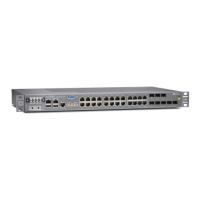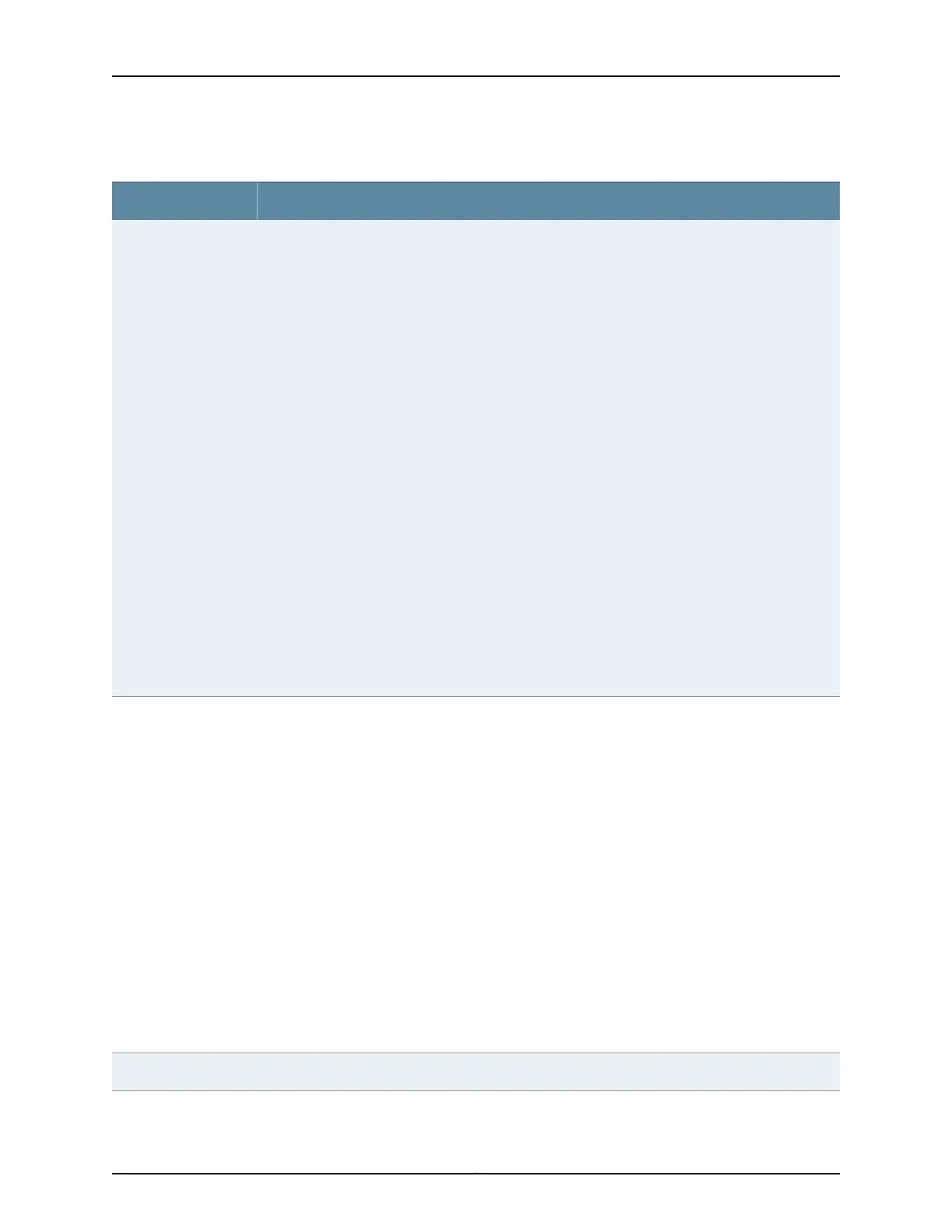Table 137: show class-of-service interface Output Fields (continued)
Field DescriptionField Name
Input errors on the interface. The labels are explained in the following list:
• Errors—Sum of the incoming frame aborts and FCS errors.
• Drops—Number of packets dropped by the input queue of the I/O Manager ASIC. If the interface is
saturated, this number increments once for every packet that is dropped by the ASIC's RED
mechanism.
• Framing errors—Number of packets received with an invalid frame checksum (FCS).
• Runts—Number of frames received that are smaller than the runt threshold.
• Giants—Number of frames received that are larger than the giant threshold.
• Bucket Drops—Drops resulting from the traffic load exceeding the interface transmit or receive
leaky bucket configuration.
• Policed discards—Number of frames that the incoming packet match code discarded because they
were not recognized or not of interest. Usually, this field reports protocols that Junos OS does not
handle.
• L3 incompletes—Number of incoming packets discarded because they failed Layer 3 (usually IPv4)
sanity checks of the header. For example, a frame with less than 20 bytes of available IP header is
discarded. Layer 3 incomplete errors can be ignored by configuring the ignore-l3-incompletes
statement.
• L2 channel errors—Number of times the software did not find a valid logical interface for an incoming
frame.
• L2 mismatch timeouts—Number of malformed or short packets that caused the incoming packet
handler to discard the frame as unreadable.
• HS link CRC errors—Number of errors on the high-speed links between the ASICs responsible for
handling the router interfaces.
• HS link FIFO overflows—Number of FIFO overflows on the high-speed links between the ASICs
responsible for handling the router interfaces.
Input errors
Output errors on the interface. The labels are explained in the following list:
• Carrier transitions—Number of times the interface has gone from down to up. This number does not
normally increment quickly, increasing only when the cable is unplugged, the far-end system is
powered down and up, or another problem occurs. If the number of carrier transitions increments
quickly (perhaps once every 10 seconds), the cable, the far-end system, or the PIC is malfunctioning.
• Errors—Sum of the outgoing frame aborts and FCS errors.
• Drops—Number of packets dropped by the output queue of the I/O Manager ASIC. If the interface
is saturated, this number increments once for every packet that is dropped by the ASIC's RED
mechanism.
NOTE: Due to accounting space limitations on certain Type 3 FPCs (which are supported in M320
and T640 routers), the Drops field does not always use the correct value for queue 6 or queue 7
for interfaces on 10-port 1-Gigabit Ethernet PICs.
• Aged packets—Number of packets that remained in shared packet SDRAM so long that the system
automatically purged them. The value in this field should never increment. If it does, it is most likely
a software bug or possibly malfunctioning hardware.
• HS link FIFO underflows—Number of FIFO underflows on the high-speed links between the ASICs
responsible for handling the router interfaces.
• MTU errors—Number of packets whose size exceeds the MTU of the interface.
Output errors
Total number of egress Maximum usable queues on the specified interface.Egress queues
2427Copyright © 2017, Juniper Networks, Inc.
Chapter 42: Operational Commands

